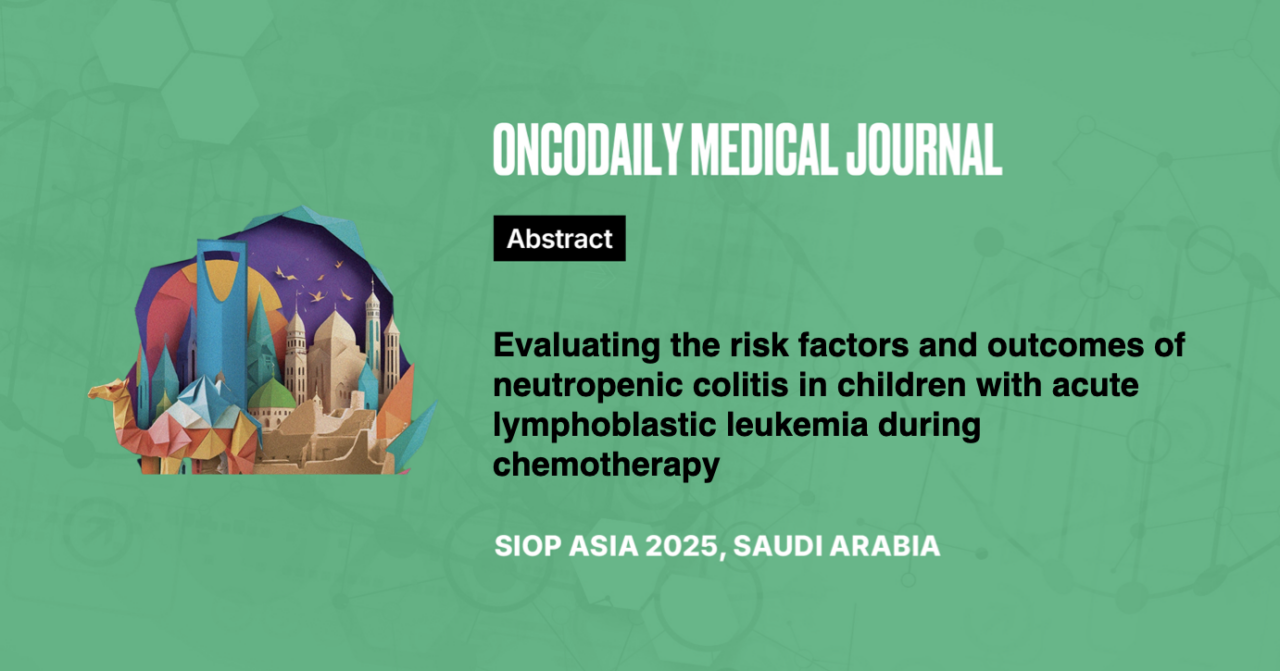Evaluating the risk factors and outcomes of neutropenic colitis in children with acute lymphoblastic leukemia during chemotherapy
Abstract
Introduction: Pediatric oncology has made significant strides in recent years, improving survival rates and quality of life for children with blood cancers acute lymphoblastic leukemia (ALL). Intensive chemotherapy often leads to severe side effects, including gastrointestinal complications like neutropenic enterocolitis (NEC), which can be fatal if not promptly diagnosed and managed. NEC is characterized by inflammation and necrosis of the bowel, commonly affecting the cecum and ascending colon in immunocompromised. The condition poses a significant risk to children undergoing chemotherapy, with reported mortality rates as high as 50-100%.
The aim was to evaluate risk factors and outcomes of neutropenic colitis in children with acute lymphoblastic leukemia during chemotherapy.
Methodology: A prospective observational study will be conducted at Pediatric Hematology & Oncology Department of Indus Hospital & Health Network. The study will include children aged 1-16 years diagnosed with ALL who are undergoing active chemotherapy and present with neutropenia and gastrointestinal symptoms (abdominal pain, diarrhea, blood in stools, etc.). Patients will be classified into two groups: definite NEC (radiologic confirmation of bowel wall thickening) and probable NEC (without imaging confirmation). Data will be analyzed using STATA.
Results: Findings from the analysis revealed, male patients represented the majority at 63.04%, followed by female patients at 30.43%. Regarding patient outcomes, 85.07% of patients experienced a curative outcome, while 14.93% succumbed to death. The analysis of NEC indicators showed that abnormal bowel dilatation was present in 39.29% of patients,& 25% having no signs. Ascites, a common indicator, was observed in 12.90% of patients, while 51.61% showed no signs. Pneumatosis intestinalis, another critical factor, was recorded in 7.46% of patients, with the majority (91.04%) showing no signs.
Conclusion: These findings suggest a significant proportion of patients had favorable outcomes, and certain NEC indicators correlated with disease severity and treatment response, guiding further clinical evaluation.





